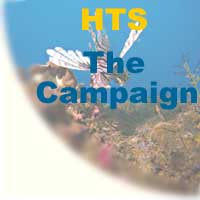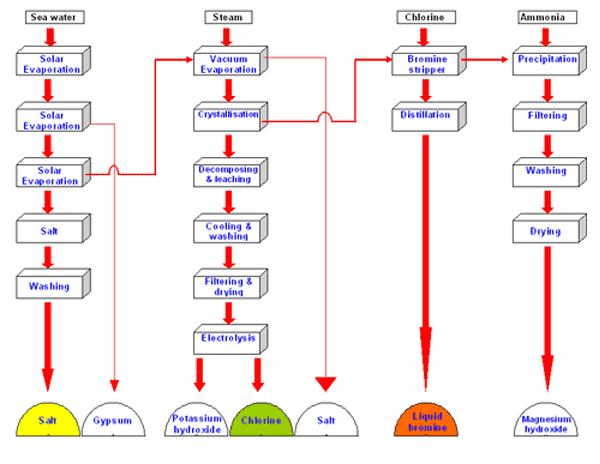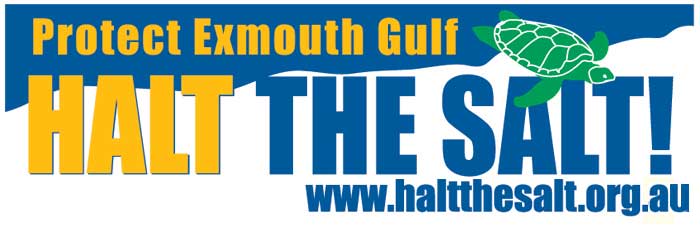|

The Campaign - Impact
Disposal of Bitterns
There is no information presented in Straits Resources ERMP concerning
the amount of bitterns which will be generated by the proposed mine.
Projected mine production levels are to a massive output of 10 Megatonnes
of salt per annnum (Mtpa).
However, earlier information provided by the company stated that
at 3 Mtpa, in the order of 6 gigalitres of bitterns per annum will
be generated. 6 gigalitres equates to a mind boggling 6 billion
litres of bitterns for every year of production.
Extrapolating to the 10Mtpa production levels, this will mean in
the order of 20 billion litres of highly toxic bitterns every year!!
That this is an immense volume is testified to by the same data
presented by Straits being accompanied by the assessment that such
a volume represents a full 1/5000 of all the sea water in the Gulf.
Again extrapolating to 10Mtpa, this would equate to a truly extraordinary
3/5000 of Gulf seawater volume!!!
Straits ERMP makes numerous references to 'good intentions' as to
what it plans to do with its toxic bitterns. However, nowhere does
it make a commitment that, at last resort and all efforts having
been made to the contrary, and all options for recovery or disposal
of residual chemicals failing, that it won't be seeking permissions
to discharge poisonous bitterns chemicals into the Gulf.
In fact, Straits ERMP does state that a separate referral to the
Environmental Protection Authority would also be made for the disposal
of any (of the 20 billion litres per year) bitterns not
able to be practically re-used or contained (emphasis and brackets
clause added).
Bitterns and What is in Them
Each tonne of salt produced leaves approximately 1.5 cubic metres
of bittern. About a third is lost to seepage and through other processes.
For each thousand tonnes of salt produced the bitterns typically
hold the following chemicals:
Chemical |
Simplest Formula* |
Quantity |
Sodium chloride |
NaCl |
150 tonnes |
Magnesium chloride |
MgCl2 |
120 tonnes |
Magnesium sulphate |
MgSO4 |
70 tonnes |
Potassium chloride |
KCl |
24 tonnes |
Bromine |
Br |
2 tonnes |
* some complex salts are formed
A rough flow chart of the processes that could be used to process
these chemicals is illustrated below

From a website submission to the EPA:
Q: What's a bittern Dad?
A: It's the taste in your mouth you get when The System rolls over
and rubber stamps Big Business."
|


![]()

![]()




